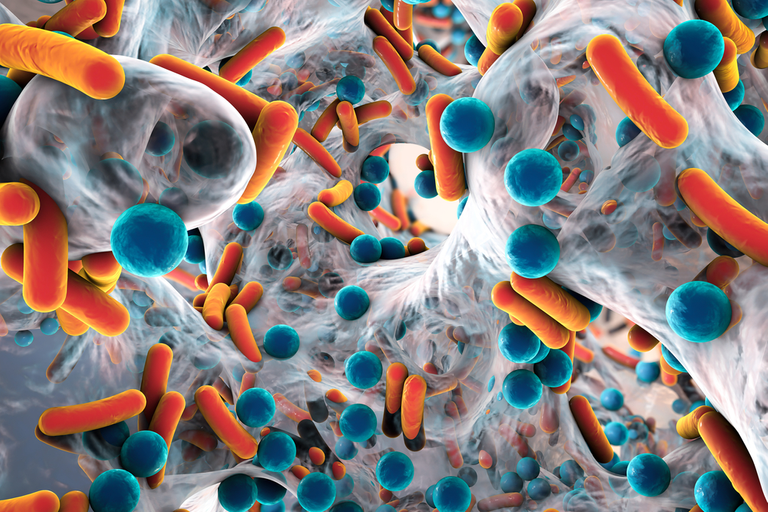Food hygiene is defined as the set of simple rules to avoid food poisoning and to eat safely.
Food at risk.

• Eggs and egg products (creams, mayonnaise, etc.)
• Poultry, particularly chicken that may carry salmonella, either directly from other foods in the refrigerator or from poorly washed dishes.
• Raw or undercooked foods (sushi, raw fish, minced meat, fruits and vegetables.
The germs involved
• Salmonella. They are found everywhere, including in the intestines of men and animals that contaminate the external environment with their excrement. This is why salmonellosis is most evident in countries with poor hygiene. They develop particularly in raw or undercooked eggs, mayonnaise, cream pastries, pates, and meats contaminated with salmonella.
• Listeria. It lives in soil, plants, fresh and salt water, and can survive for many years. It is found in dairy products such as raw milk and both raw and pasteurized milk cheeses. The contamination after pasteurization is due to poor hygiene during ripening. Another food that may contain this bacteria: frozen minced meats, raw meats, smoked fish. Listeriosis is dangerous in pregnant women because it causes miscarriages and premature deliveries. Other people at risk: the elderly and the immunocompromised.
Germs used in the diet

Some bacteria such as active bifidus or yeasts are used in food for culinary purposes. They do not cause illness. :
• yogurt
• Cheese like roquefort cheese
• The bread that ferments thanks to the baker's yeast
• Wine
• Beer, etc.
Industrial food
• It is highly controlled, so as to eliminate the risk of contamination throughout the food chain. In order to be able to find any contaminated food, there is a traceability that makes it possible to repatriate to
• faster all dubious productions in case of food alert. This does not exclude accidental contamination, especially during human manipulation.
• Pasteurization is a radical way to reduce the risk of contamination. This consists in heating the finished product or one of its components for a few minutes between 55 and 70 ° C. This method destroys germs.
• The controls are finally carried out in food distribution places (restaurants in particular).
Some nice tips over there, thanks buddy!